.jpg)
BRC-20 tokens are an experimental token standard for the bitcoin blockchain. Inspired by Ethereum’s ERC-20,BRC-20 enables developers to create and transfer fungible tokens using the ordinals protocol.
Unlike the ERC-20 token standard, BRC-20 doesn’t make use of smart contracts.It utilises Ordinals inscriptions of JSON data to deploy, mint, and transfer tokens.
With recent momentum, a total of 18,250 different tokens (and counting) have been minted using the BRC-20 standard.
But there is another thing to note. Even Domo, the original creator, considers this whole BRC-20 blockchain derived from the Ordinals Protocol an experiment. He even mentions that despite this being a novel token standard, the fungible tokens will be worthless and shouldn’t be minted frantically.
Ordinals Protocol
Ordinals are a numbering scheme for satoshis that allows tracking and transferring individual sats. These numbers are called ordinal numbers. Satoshis are numbered in the order in which they're mined and transferred from transaction inputs to transaction outputs first-in-first-out. Both the numbering scheme and the transfer scheme rely on order, the numbering scheme on the order in which satoshis are mined, and the transfer scheme on the order of transaction inputs and outputs.
Ordinal theory does not require a separate token, another blockchain, or any changes to Bitcoin. It works right now.Ordinal numbers have a few different representations:
Integer notation: 2099994106992659 The ordinal number, assigned according to the order in which the satoshi was mined.Decimal notation: 3891094.16797 The first number is the block height in which the satoshi was mined, and the second is the offset of the satoshi within the block.
Degree notation: 3°111094′214″16797‴. We'll get to that in a moment. Percentile notation: 99.99971949060254%. The satoshi's position in Bitcoin's supply is expressed as a percentage.
Security:
BRC-20 tokens exist on the Bitcoin blockchain, thus inheriting the high level ofsecurity provided by the Bitcoin protocol. Bitcoin uses the Proof of Work (PoW)
consensus mechanism and has a large number of miners helping to secure the network, making it one of the most secure blockchains.
Compatibility:
BRC-20 tokens are natively compatible with the Bitcoin blockchain, which makes it easier to integrate into the Bitcoin ecosystem. In addition, existing Bitcoin developers can conveniently build and incorporate BRC-20 tokens.
Fungibility:
BRC-20 tokens are considered fungible, which means they can be easily traded on venues, offering a simple alternative to those new to Bitcoin trading.The opinion within the Bitcoin community is not united when it comes to the merits of Ordinals and BRC-20. While some see them as an innovative experiment, others view them as a departure from Satoshi Nakamoto’s initial vision for Bitcoin.
Inscriptions
Inscriptions are the metadata added or “inscribed” onto Bitcoin satoshis (sats), the smallest unit of the Bitcoin currency, which can include information attached to transactions. They exist solely as digital entries or “digital artifacts” on the Bitcoin blockchain, the public ledger of all bitcoin transactions.
Ordinals are the outcome of inscriptions made in Bitcoin transactions, which include inputs and outputs, where the inputs are the addresses from which the Bitcoin is being sent, and the outputs are the addresses to which the Bitcoin is being sent. Inscriptions are limited by block space allotment for each satoshi, with a ceiling of around 4 MB in size.
Deploy and Mint BRC–20 Token?
We can provide an overview of the process for deploying and minting tokens on a blockchain. You would need to adapt these below-mentioned points to the specific platform/ project associated with the BRC-20 standard.
Choose a Blockchain Platform:
Identify the blockchain platform on which you intend to deploy your BRC-20 token.
Smart Contract Development:
Develop a smart contract that adheres to the BRC-20 token standard. The smart contract defines the rules and functionality of your token, including features like minting, transfers, and balances. Solidity is commonly used for smart contract development on Ethereum, but other programming languages may be used on different platforms.
Deploy the Smart Contract:
Deploy the smart contract to the chosen blockchain platform using the appropriate development tools and frameworks.
Configure Token Parameters:
Once the smart contract is deployed, you need to configure the specific parameters for your BRC-20 token. This includes defining the token's name, symbol, decimal places, total supply, and any other custom features or functionalities desired for the token.
Minting Tokens:
Minting refers to the process of creating new tokens and assigning them to specific addresses. In the case of BRC-20 tokens, you would typically have a minting function within your smart contract that allows the contract owner or designated address to create new tokens.
Testing and Deployment:
Before making your token live, thoroughly test the smart contract and token functionalities in a development or test environment. Ensure that all desired features are working as intended and conduct thorough security audits to identify and address potential vulnerabilities.
Token Distribution and Usage:
Once you are satisfied with the testing, you can distribute your BRC-20 tokens to the intended recipients.













